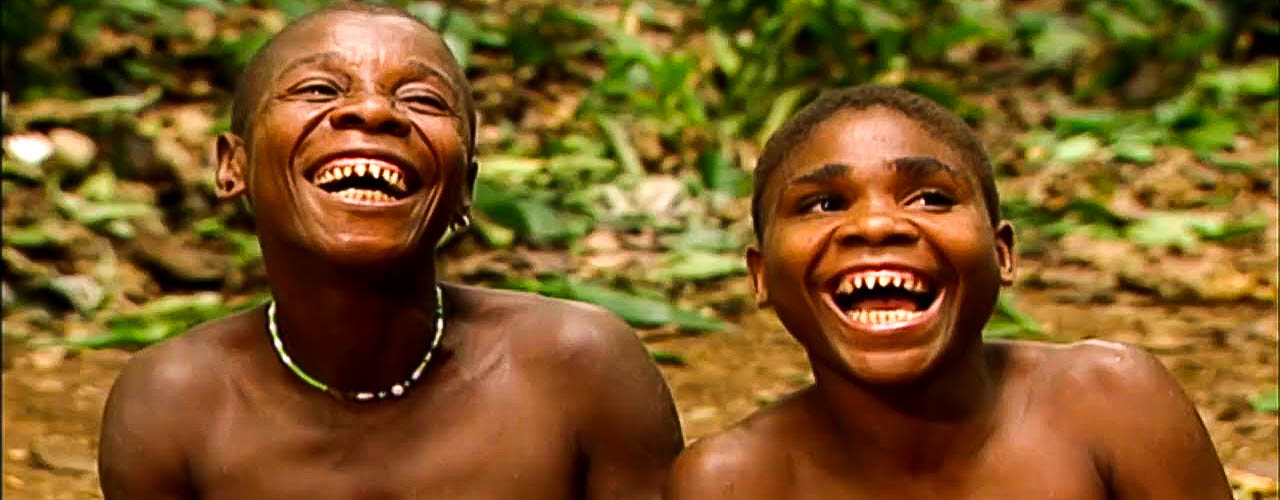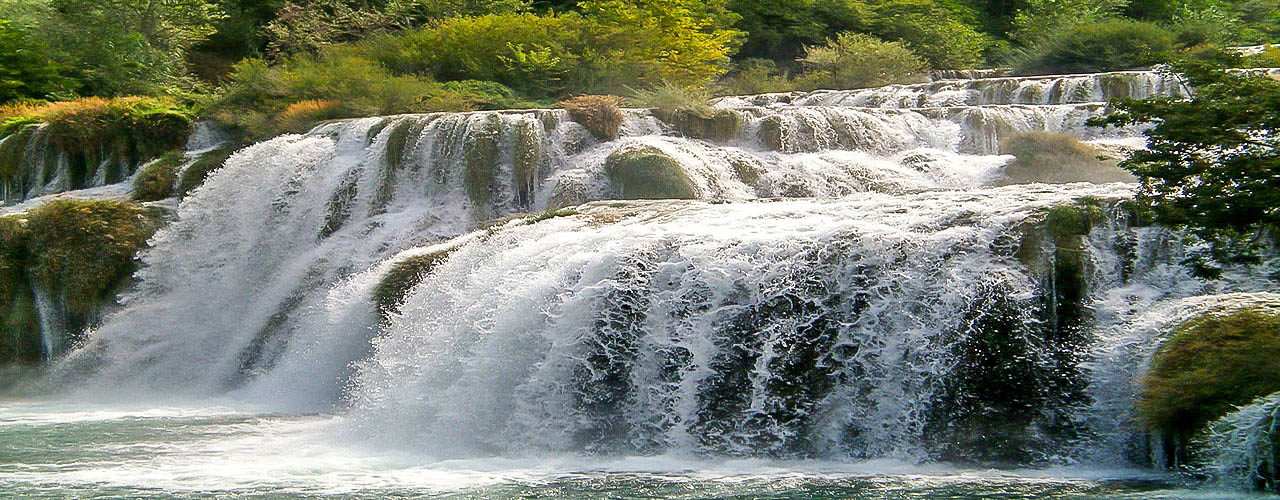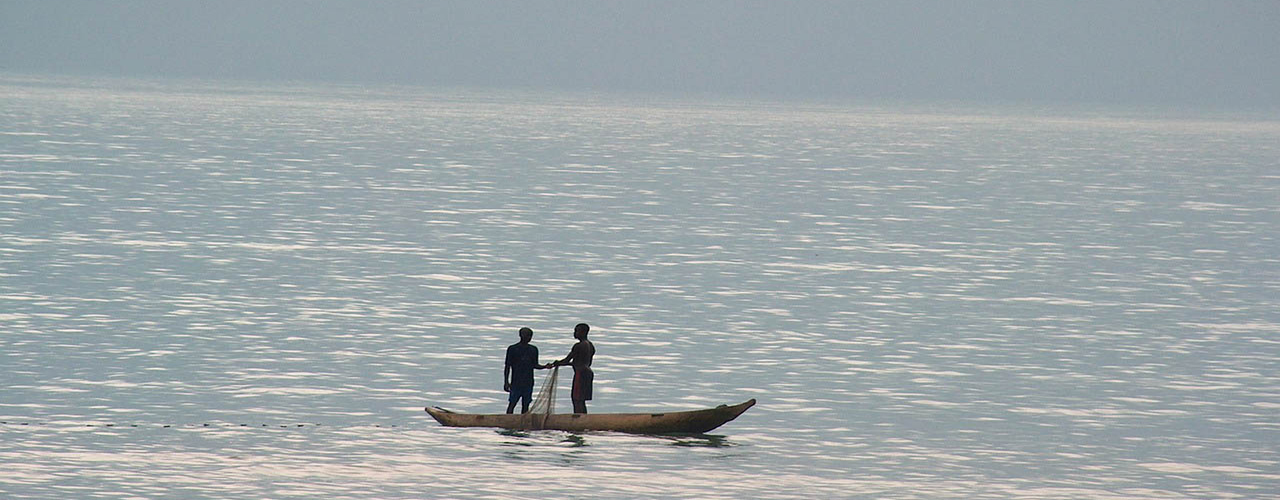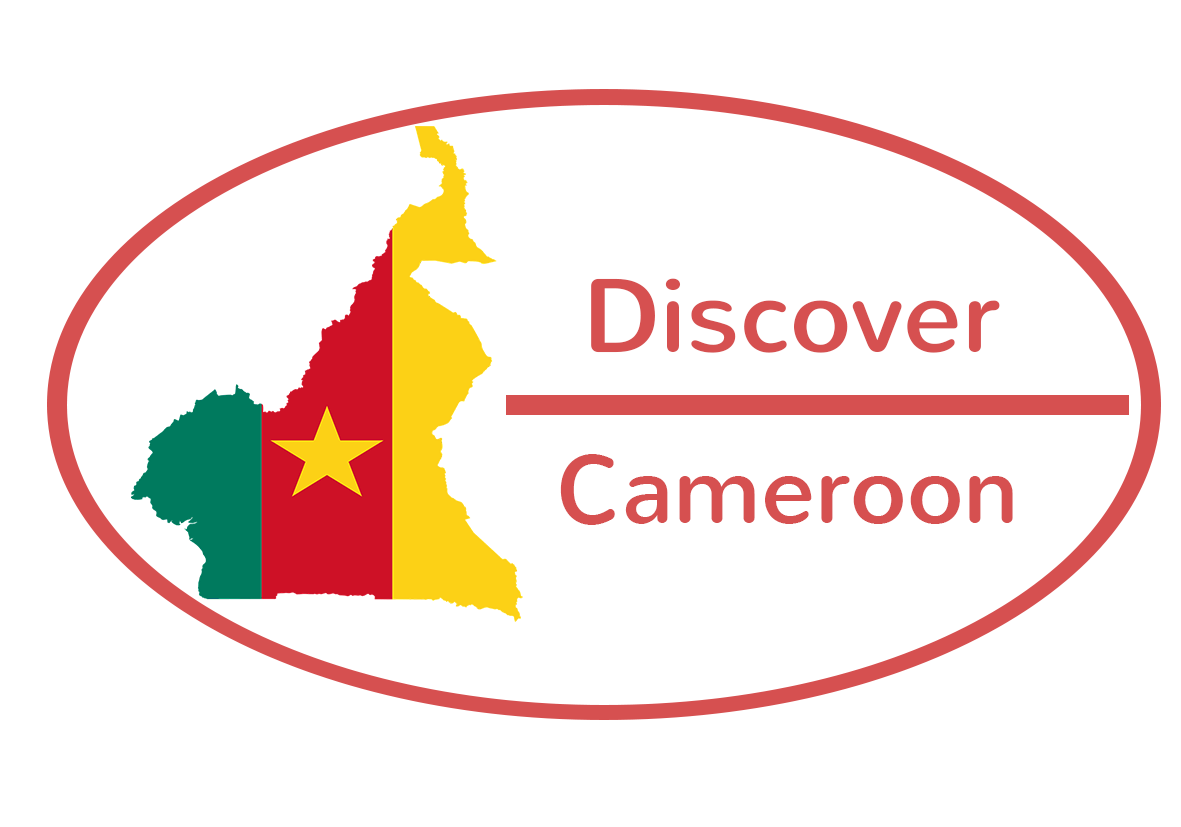Kribi attractions and its surrounding areas

Kribi, a coastal town on the Gulf of Guinea about 150 km from Douala, has about 70,000 inhabitants and is a strategic maritime golf. Located in southern Cameroon, Kribi and its beautiful golden beaches which rival those of South Sea and the Caribbean. Kribi is undoubtedly one of the most beautiful places to spend a holiday in Cameroon. The beautiful Lobe waterfalls are just 7 km from the town. Palm trees and sun await you.
Kribi Seaside tourism
Visit Pygmies encampments

You will also have the opportunity to visit the fascinating population of Pygmies who live a few kilometers from the fall of the Lobe and Kribi. In Cameroon, there are pygmies in the Center, in the South, and in the eastern regions of Cameroon. These are forest dwellers who are generally small, about 1.50 m and feed mainly on hunting and fishing. Pygmies are characterized by their ancient rites, traditions, mesmerizing songs, their magic dances, traditional medicine and their hunting methods uncommon.
Lobe waterfalls

Located in the southern region, about 7 km from the city of Kribi, the magnificent Lobe waterfalls have the distinction of flowing directly into the Atlantic Ocean. Culminating at 20 m in height and with a width of 100 m, they are surrounded by beautiful white sand beaches and the ocean seduces with solar rays that unfurl on the sand and rocks while leaving an extraordinary landscape in the heart of the equatorial forest. It would be unimaginable to leave the place without tasting the wonders of the region. Good shrimp dishes accompanied by plantain fries or potato fries and many other mouth-watering dishes are awaiting you.
Ebodje
Located in the southern region near the town of Kribi, Ebodje has large sandy beaches where several species of sea turtles come to nest every year. In 2006 the Cameroonian government and CERECOMA (specialized centre of research on marine ecosystems) started a project for the protection of sea turtles.
Campo Ma'an National Park

Located in the southern region near the Atlantic Ocean and about 150 kilometers from the town of Kribi, it was established in 1932 as a wildlife reserve and became a national park in 1980. The Campo wildlife reserve created in 1932 and the Ma’an production reserve created in 1980 were combined to form the park in 2000. It is located in the middle of the Pygmy region and covers an area of 264,000 ha. Today it is considered a UNESCO Biosphere Reserve and is characterized by dense tropical forest. Due to its large surface area and its large plant space, the Campo-Ma ‘an National Park represents a natural phenomenon of exceptional beauty and aesthetic importance. In addition, it is full of German remains, followed by a rubber plantation and the iconic rocks of Dipikar. We also observe the Memve’ele waterfalls, the buffalo cave, the picatharte cave, the Dipikar mangrove. The park witnessed a refuge of several animal species during the Ice Age. The park contains the most representative natural habitats and the most important for the in situ conservation of biological diversity, including those where endangered species survive. Due to its isolation, which has long limited human disturbance, the Campo Ma’an reserve is one of the few areas that has been able to retain its ecological integrity. With its peripheral zone, integrated into the development plan, the site is large enough to ensure the integrity of the species it shelters.
Climate
The climate of Campo-Ma’an National Park and its peripheral zone is of the four-season coastal equatorial type unequal including two dry seasons and two rainy seasons, namely: a long dry season from late November to February, a small rainy season from March to May, a small dry season from June to mid-August, a long rainy season from mid-August to November. The humidity level remains high throughout the year, including in the dry season, which prevents the vegetation from drying out and protects it from bush fires.
Flora
The park presents about fifteen plant associations followed by 1,500 species of plants, including 114 endemic species among which 29 are known only in the Park and a great animal and biological diversity. It is located on a large landscape dominated by two main types of relief: the northern part covered by mountains and some plateaus and the southern part covered with hills and small valleys. The overall altitude is less than 200 m. The Park belongs to the domain of the dense humid Guinean-Congolese evergreen forest which keeps its greenery all year round. About fifteen plant associations are represented there. The most characteristic are: the Atlantic Biafran forests with Caesalpiniaceae with Aucoumea klainean occupying nearly 65% of the surface area of the Park from the North-West to the South-East, within which are found the rubber and oil palm agro-industries. These forests have hardly been disturbed; the relatively rare coastal Atlantic forests with Caesalpiniaceae, with Calpocalyx heitzii and Sacoglottis gabonensis cover about 10% of the area of the Park and run along the west coast of Dipikar Island to Ebodje; mixed, evergreen, Atlantic and semi-deciduous forests, with the predominance of evergreen Atlantic forests which cover about 15% of the Park’s surface starting from the North-West zone to the South-West periphery; submontane forests are scattered throughout the northern part of the Park to the south of the Akom II district; degraded forests are mainly scattered in agro-industrial zones along the coastal strip; swampy and periodically flooded forests run along the Ntem and Lobé rivers; low-lying internal mangroves with small Rhizophora racemosa and Pandanus satabiei are found in the Campo area. The Campo area was the refuge of Central African species during the last glaciation of the Quaternary period, hence its great diversity of fauna and flora. It is fairly representative of the area of dense humid Guinean-Congolese forest that is evergreen.
Fauna
The inventories carried out to date in the Campo-Ma’an National Park give the following indications: 80 large and medium mammals, 390 invertebrates, 112 species of reptiles in the park and the surrounding area; 6 of them are new species which makes the site one of the richest on the continent from a herpetological point of view. Three species of crocodiles: the African slender-snout crocodile (Crocodylus cataphractus), the Nile crocodile (Crocodylus niloticus) and the African dwarf crocodile (Ostealaemus tetrapis), which are endangered species listed on the IUCN Red List (2000). 80 species of amphibians including the Goliath frog (Conraua goliath), which is the largest frog in the world. 302 species of birds, 28 species of bats among which two endemic species in Cameroon, the Nycteris major, and the Hipposiderus curtus. The parc is also home to 18 species of primates including 13 diurnal and 5 nocturnal species, eight of the species are threatened. The exceptional character of the National Park is mainly due to the fact that it is the only mandrill habitat that enjoys protection status. It is also an important area for the conservation of chimpanzees, as well as an important refuge for lowland gorillas. The Park and its peripheral zone, including the maritime strip, are home to 249 species of fish representing 46% of the species already inventoried in Cameroon, including four known endemic species, and eight limited species in the Campo Ma’an area. Among the mammals of the Park, there are certain species of great importance, some of which are considered endangered (23 are on the IUCN red list) such as the giant pangolin (Manis gigantea), the African elephant (Loxodonta africana cyclotis), gorilla (Gorilla gorilla), leopard (Panthera pardus), the dwarf buffalo (Synerus caffer nanus) and the mandrill (Mandrillus sphinx). The park is home to more than 700 gorillas, 700 chimpanzees and 350 elephants.
Avifauna
Ornithological inventories have confirmed the presence of 302 species of birds, including 168 species partially or entirely confined to the biome of the Guinean-Congolese forests to which the park and its peripheral zone belong. This area is classified as an “area of importance for the conservation of birds” by the “Birdlife International” organization. The Park and its peripheral zone are home to two endangered species: the Bald Picatharte (Picathartes oreas) and the Bates Weaver (Ploceus batesi), two species with restricted distribution to the Atlantic forest of northern Gabon and southwest Cameroon; the Forest Swallow (Hirundo fuliginosa) and Rachel’s Malimbe (Malimbus racheliae) as well as 24 other species that are either endangered or rare.
Other Tourist Attractions

In addition to Kribi and its surroundings, the southern region is full of many other important sights such as waterfalls, caves and river. Sports fishing is popular in the region and fishing competitions are regularly organized for amateurs.
